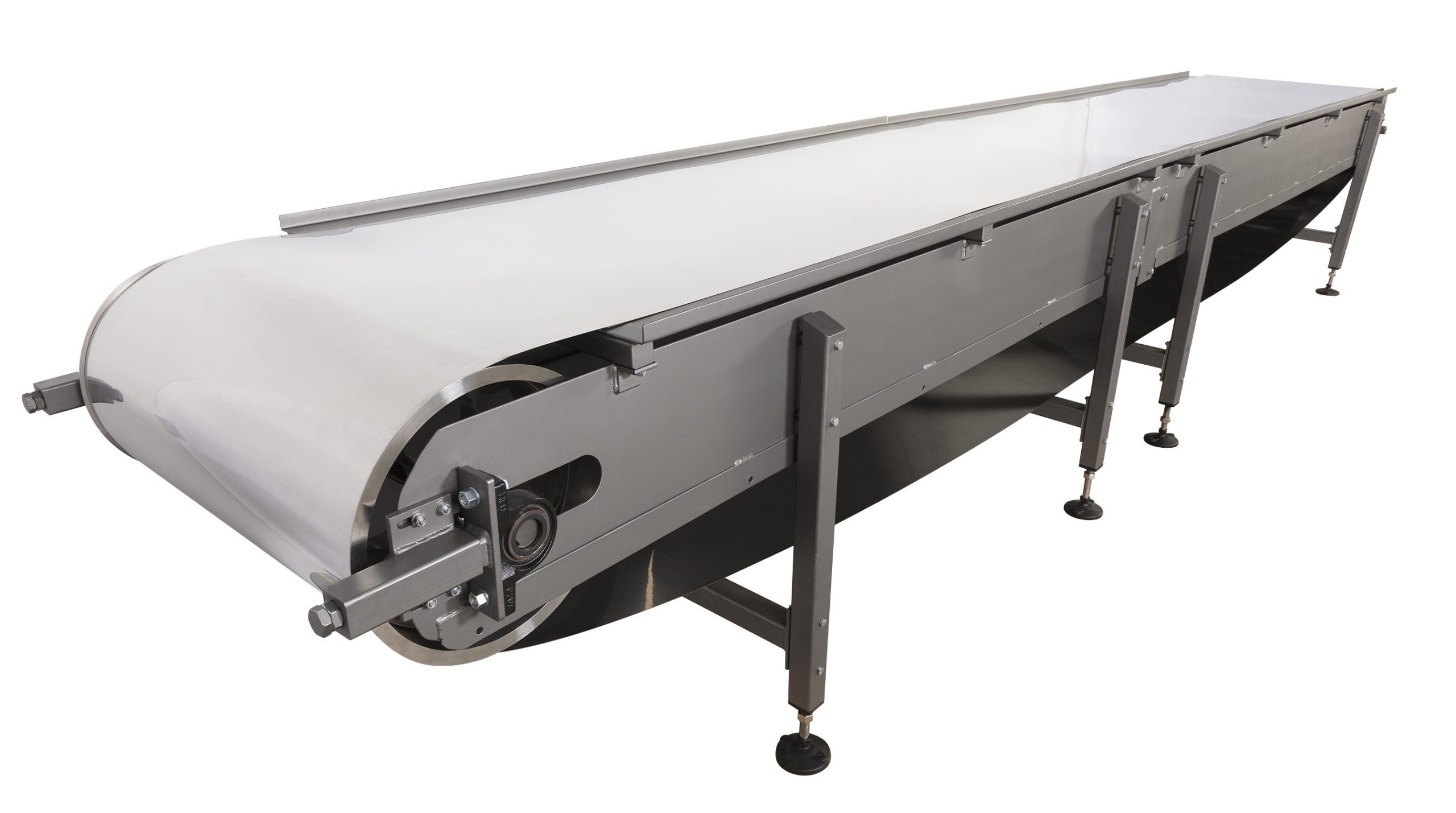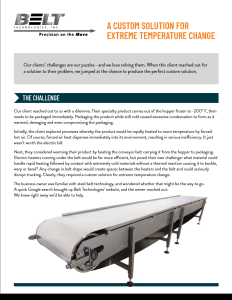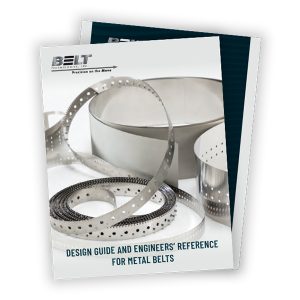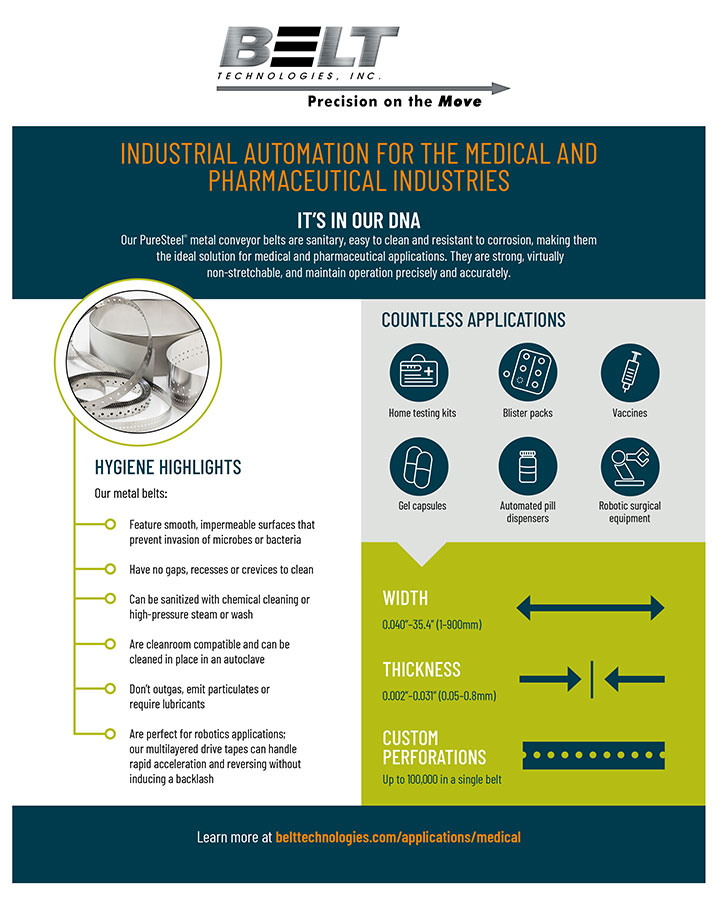Our clients’ challenges are our puzzles—and we love solving them. When this client reached out for a solution to their problem, we jumped at the chance to produce the perfect custom solution.
The challenge
Our client reached out to us with a dilemma. Their specialty product comes out of the hopper frozen to -200° F, then needs to be packaged immediately. Packaging the product while still cold caused excessive condensation to form as it warmed, damaging and even compromising the packaging.
Initially, the client explored processes whereby the product would be rapidly heated to room temperature by forced hot air. Of course, forced air heat disperses immediately into its environment, resulting in serious inefficiency. It just wasn’t worth the electric bill.
Next, they considered warming their product by heating the conveyor belt carrying it from the hopper to packaging. Electric heaters running under the belt would be far more efficient, but posed their own challenge: what material could handle rapid heating followed by contact with extremely cold materials without a thermal reaction causing it to buckle, warp or bend? Any change in belt shape would create spaces between the heaters and the belt and could seriously disrupt tracking. Clearly, they required a custom solution for extreme temperature change.
The business owner was familiar with steel belt technology, and wondered whether that might be the way to go. A quick Google search brought up Belt Technologies’ website, and the owner reached out. We knew right away we’d be able to help.

A Custom Solution for Extreme Temperature Change
Our client had the ability to construct most of their systems in-house. What they were looking for was a heated conveyor system design—and, of course, the steel belt itself. We were happy to oblige. We paid a site visit to size up the situation and produced a suggested design for their system. The design followed their concept, heating a PureSteel® belt with electric heaters as it carried the product from the hopper to packaging.
On its initial test flights, the temperature change proved a little too much for the standard steel belt to handle. It buckled upon contact with the frozen product, disrupting tracking. Without skipping a beat, we changed the material type and produced a metal belt solution that was far less reactive to thermal changes. That did the trick.
But there was still one more challenge to tackle. Our client needed just the right rollers to maximize efficiency for this system. With the in-house capability to produce rollers themselves, they requested our proprietary roller design plans—and though it’s not exactly customary practice, we were happy to oblige. With our plans in hand, they produced rollers that would provide efficient and precise movement and tracking, further enhancing their system.
The conclusion
The partnership was deeply collaborative, relying on regular virtual meetings, phone calls and emails along with two in-person visits to the client’s facility. Through close and clear communication, we were able not only to provide the client with a solution but expand our own knowledge and experience in the process.
Our client couldn’t have been happier with the service or results. The owner shares: “It is hard to find companies that share your values, but we knew that was the case with Belt. We strive to provide our clients with solutions, and that’s exactly what Belt did for us.”
The system continues to function beautifully, and as the client expands and adds additional lines, they plan to implement the same solution. Of course, we’ll be happy to help.
If you’re facing a challenge with your conveyor system, reach out to one of our sales engineers today. We will be happy to answer any questions. And you can always learn more about our steel belt technology at belttechnologies.com.




